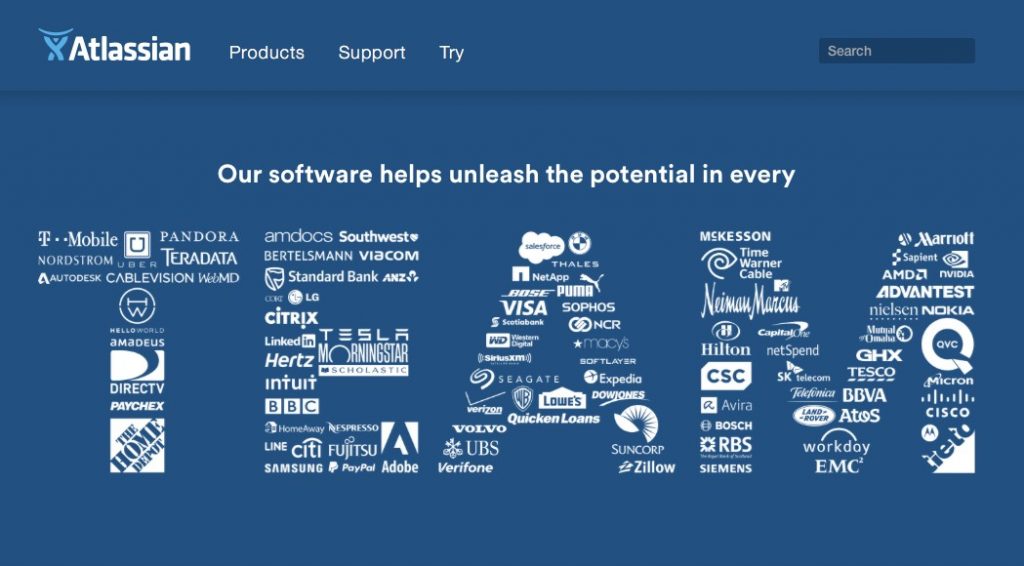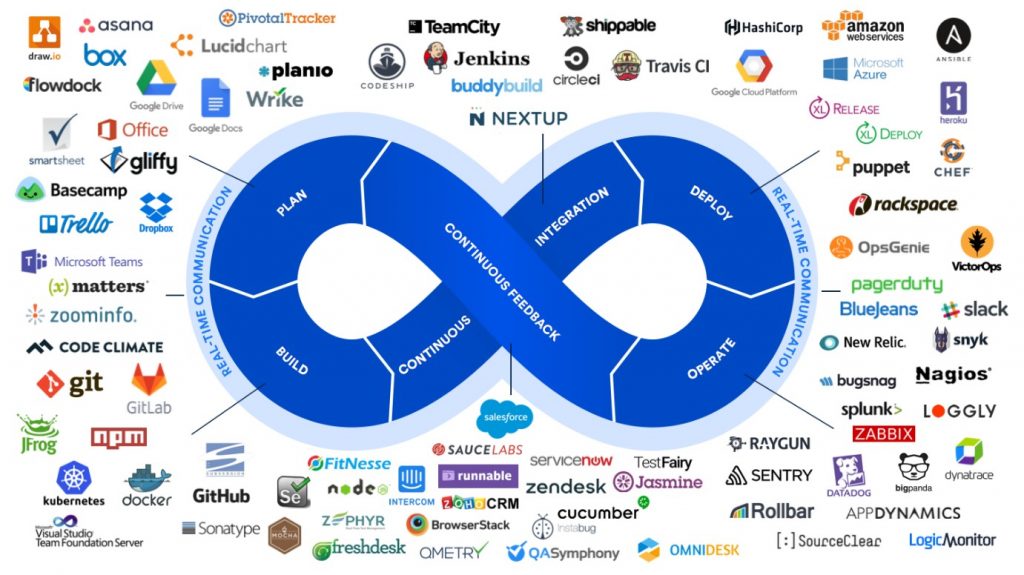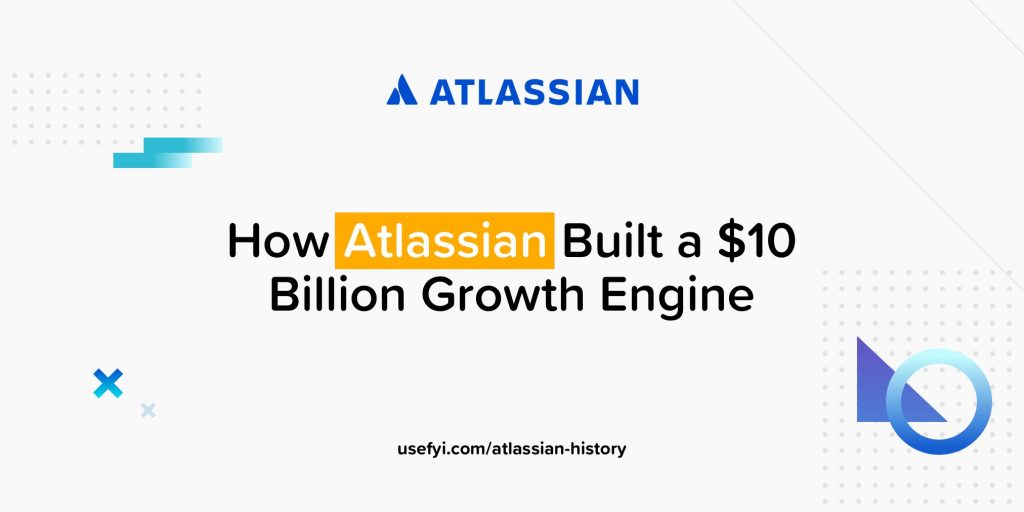Atlassian is an Australian software company that develops products for software developers, project managers and other software development. Atlassian Confluence is utilized in two essential manners inside Cisco AppDynamics. The principal use case is for inner documentation, where we use Atlassian Confluence across practically all offices for documentation encompassing inward administrations, registries, glossary of terms, significant level venture arranging, revealing and dashboarding, and arrangements/systems.
The subsequent use case is for our public confronting client documentation of our product. These saves utilize the time and cerebral pain of building our own answer for give docs, and since our objective clients will in general be in the tech field, most have knowledge of exploring Confluence’s UI.
Features
#1. Content management
Content management includes the creation, maintenance, organization, and deletion of content. The content creation tools are easy to use and include a variety of functions- from basic text formatting, creating tables all the way to linking documents and embedding macros.
The content can be organized into separate spaces, sorted and arranged in hierarchical order as required.
#2. Search
This tool supports a full-text search for all the content. The search results will include any matching results for the text in the pages main content and comments. This results in a very detailed search.


#3. Confluence Templates
This tool comes with some best practices templates that can be used to create pre-formatted pages.
#4. Integration with JIRA
JIRA and Confluence are both developed by Atlassian and have seamless integration with each other. The development work can be tracked in JIRA and the corresponding reports can be generated by automatic linking.
#5. Page and File versioning
As this is a collaboration tool, needless to say, it would be used by various cross-functional teams at all levels multiple times. To keep track of the changes made since the last edit, Confluence saves the older version of pages and files automatically.
This older version can be used to compare the difference or even revert the last edit if required.
#6. Feedback
Team feedback in form of comments can be put on the pages and always referred to or even searched for when required.
#7. User Management
User and group-based permissions can be set up. It is even possible to set up separate viewing, editing and admin permissions for each space. We will discuss the concept of spaces in the next section.
#8. Add-ons and plugins
This tool has a wide range of available add-on plugins that can be used to perform function above and beyond what standard the tool has to offer. Some popular add-ons are Draw.io Diagrams, Balsamiq Mockups, Scroll PDF exporter, etc.

Alternatives of Atlassian
1. Workzone
If your team is using JIRA and you need something that’s simple, but powerful, Workzone is the “just right” solution for most teams. Workzone is especially helpful as a JIRA alternative if you have non-technical users also interfacing with your software development work.
In Workzone, you can have:
- Individual workspaces for software development, IT, product management or the marketing department
- Each team will have their own set of projects, tasks and templates they can use again and again
- Get reports specifically for each workspace or see results from across every workspace
- Personalized to-do lists are created for team members so they know exactly what the next steps are
- Task dependencies will alert team members when predecessor tasks are completed
2. VersionOne
VersionOne makes the list of JIRA alternatives because it is an enterprise software platform designed specifically for unified Agile & DevOps and can be scaled to any number of organizational levels.
It supports methodologies such as the Scaled Agile Framework® (SAFe®), Enterprise Scrum, Kanban, DAD, Less, or a Hybrid approach and is designed to simplify team adoption, ensure end-to-end visibility, and provide management with insights into progress.
VersionOne has many features and functionalities for addressing the complexity of a variety software development models. As such, it may take team members some time to get up to speed and take full advantage of everything the software has to offer.
Pricing: Free – $29/user/month

3. PivotalTracker
An agile software development tool designed to help teams deliver more frequently and consistently, PivotalTracker provides a shared view of team priorities to foster collaboration and dynamic tools to analyze progress.
Users can select among features, bugs, and chores to strike a healthy balance between building new features, staying ahead of technical debt, and keeping the bugs from piling up.
In addition, the software calculates your team’s velocity based on the average number of “story points” completed in recent iterations and uses past work to devise an honest view of your team’s future productivity.
The software is designed for Agile only and not flexible enough to accommodate other methodologies. It also uses some odd terminologies that may take some time to get used to.
Pricing: Free – $250/month for up to 50 collaborators
4. Targetprocess
Targetprocess is designed to help users manage Agile projects by visualizing complex processes. It can be adapted for Scrum, Kanban or a custom approach.
It helps managers visualize timelines, dependencies, project data, and more while improving transparency and visibility across the board to facilitate planning, collaboration, and tracking.
With the many visualization bells and whistles, some users find Targetprocess’s interface overly complex. It may take some time for team members to get up to speed.
Pricing: Free – $20/user/month
5. Mingle
Mingle is a project management tool that enables teams to implement and scale Agile practices.
It has versions available in different languages, including English, Chinese, Dutch, Portuguese, and Spanish, making it suitable for handling remote software development teams.
Mingle’s intuitive interface allows users to update their projects on Kanban cards, communicate in real time through messages, forums, and wikis, as well as share their source codes within the application.
Pricing: Free for up to 5 users, then the cost scales up based on features and the number of users. E.g., the basic version will cost $900/month for 50 users, and the Mingle Plus version will cost $1575/month for 50 users.
6. Assembla
Assembla provides a central location for project owners and developers to manage tasks and code all in one place without having to pay extra for add-ons.
As a code management platform with Agile development tools built in, Assembla integrates with Blame, SVN, and GIT, which makes it easy to manage repositories.
This project management software is designed for teams that build innovative software and is popular among video game, mobile app and design robot developers.
Pricing: $7.50/user/month
Direct presentation of page trees and snap ways.
Decently freestyle content improvement that can be utilized for an assortment of utilization cases.
Strong format backing to help limit overhead on dull or as often as possible utilized activities.
Great consent control with self-assistance capacities.
Great module commercial canter with a close to endless arrangement of answers for any situation.

Pricing

- Beginning From:
$7.00/month
View seller valuing page
- Estimating Model: Per User
Indeed, has free preliminary
Indeed, has free form
- Estimating DETAILS (Provided by Vendor):
Software offers adaptable estimating. Little groups: $0 each client/month for up to 10 clients Growing crews: $7 each client/month for 11 to 10,000 clients
- Evaluating RESOURCES:
Be an Informed Buyer: Understanding the True Cost of Business Software
Issue Tracking Software Pricing Guide

Pros and Cons
Pros
- Direct presentation of page trees and snap ways.
- Decently freestyle content improvement that can be utilized for an assortment of utilization cases.
- Strong format backing to help limit overhead on dull or as often as possible utilized activities.
- Great consent control with self-assistance capacities.
- Great module commercial centre with a close to endless arrangement of answers for any situation.
Cons
- Server farm is taking a secondary lounge to Cloud. This leaves organizations with inner approaches against the utilization of cloud applications for putting away profoundly secret information in an extreme spot.
- Search in Data Centre is uncontrollably mistaken.
- Some “fundamental” usefulness, for example, site visits and record work processes just accompany costly additional items.
Conclusion
Atlassian Confluence is utilized across the organization, inside a few areas. Atlassian Confluence is a simple device to utilize and associates a few groups across the entire association. It tended to a few correspondence overabundances and made a more pleasant region to share rapidly and effectively refreshes on projects

